I have been appreciating the joys of wild swimming since June 2019. It has changed how I look at rivers and lochs. I now find myself actively seeking new places to swim when we travel around Scotland. Preferring fresh water to salt water, most of my swims have been inland and my regular loch is a haven for wildlife. In fact I think it is one of the reasons I enjoy it there so much. Watching Great Crested Grebes perform their mating dance or listening to the sound of swans taking off in the mists of winter. But my favourite has to be witnessing ospreys fishing in the loch. If for no other reason than for this, this is why I am passionate about biosecurity for cold water swimming.
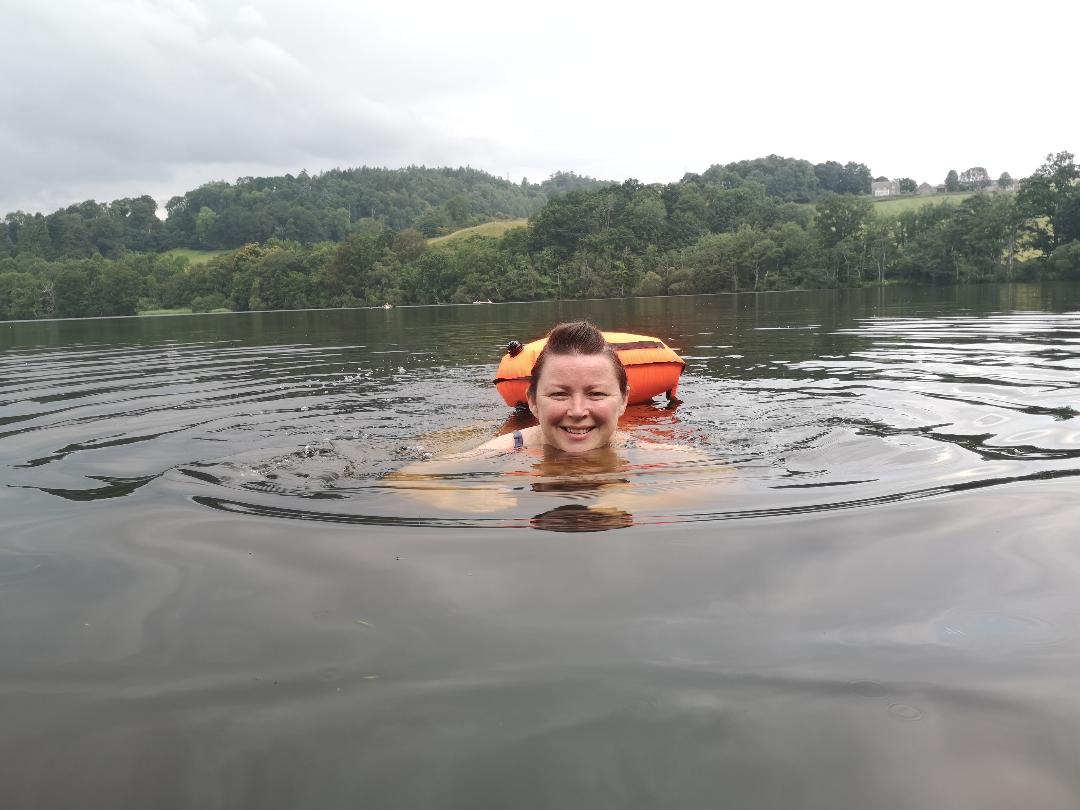
What is Biosecurity?
Biosecurity is simple. Just a few small preventative measures can reduce the risk of any transfer between your favourite waterways. I found this description on a government website and I think it perfectly sums up the meaning: “Biosecurity refers to a set of precautions that aim to prevent the introduction and spread of harmful organisms” – Gov.co.uk.
These microscopic spores, seeds and tiniest pieces of weed from non-native aquatic species can all have a huge impact on wildlife and the water quality. Once some of these pernicous species take hold in a new place it is nigh on impossible to eradicate.
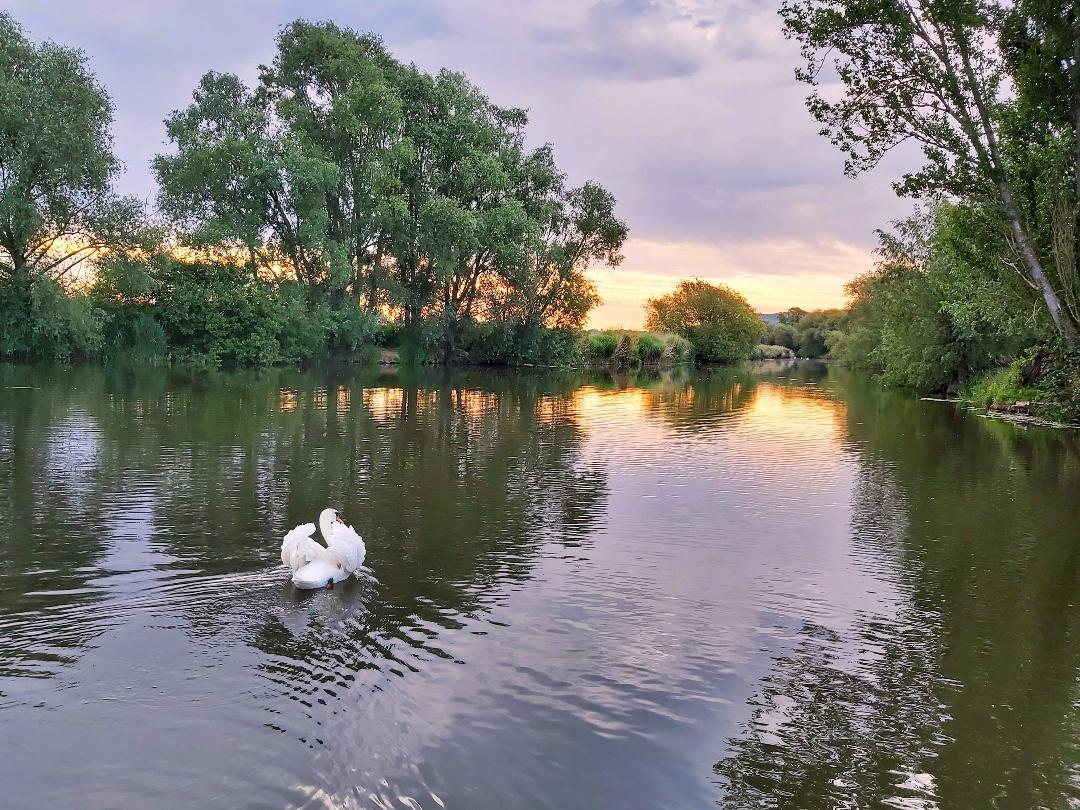
How do I stop the spread of invasive plants and animals in the water?
Maybe you are going away for a few days and know you will be swimming in different rivers and lochs? Or if, like me, you have a couple of favourite places to swim then you’ll want to do what you can to protect them. There are three ways to do this:
Check
As you start to come out of the water look for any hitchhikers on your tow float, goggles, costume, wetsuit or even in your hair. Shake or wash off anything you find at this point. Look out for the mud on your neoprene shoes too.
Clean
Clean all your kit thoroughly as soon as is possible. Don’t forget all those hiding places on your tow float or the velcro, zips and seams of your wetsuit. In an ideal world using some hot water before you leave (that way you are reducing the possibility of moving it). But lets be honest it’s more likely we will do this at home. Don’t just throw it all in the wash as this water then makes it’s way back in to the water system.
Dry
It’s important at this stage to leave things to dry out for as long as possible. This ensures that your kit is dry and there is less chance of spores surviving. Some invasive plants and animals are hardcore and can survive for over two weeks in damp conditions!
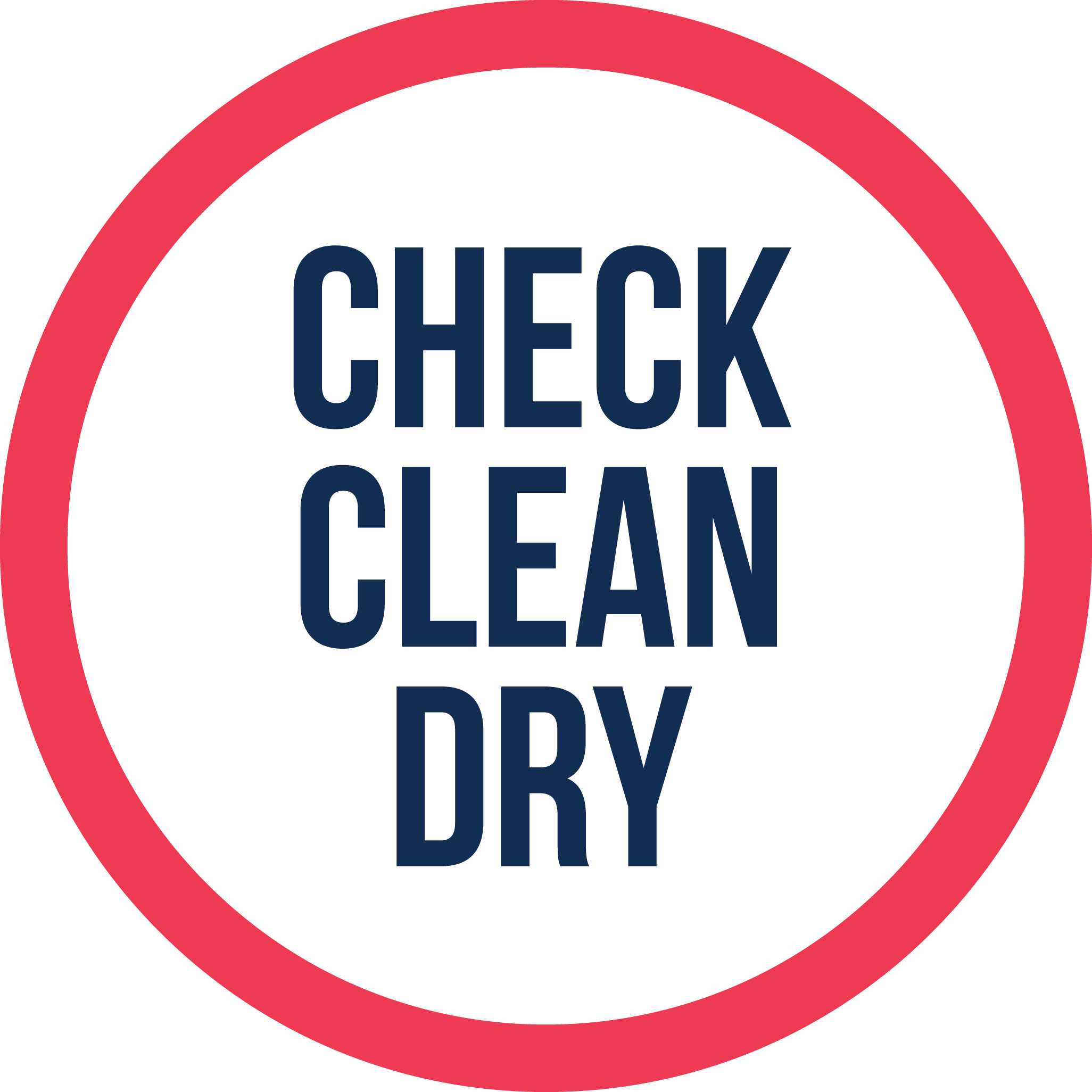
Cold water swimming
One thing I have noticed about cold water swimming is that for something that requires so little clothing we really do accumulate a lot of stuff. I have a huge 55 litre dry bag which is packed with gloves, tow float, a mat to change on, neoprene shoes, towels, changing robes and my costumes. Not to mention my flask of hot Vimto, a beaker and some snacks for post swim socialising. Most of that swimming kit, at some point, touches me or the water. Therefore has the potential to contaminate my next waterway dip.
These problems aren’t just exclusive to wild swimmers though. Anyone who uses the water for kayaking, SUP’ing, fishing and even boats all need to be checked and clean their equipment regularly. Even if you know you won’t be going anywhere else, lets call it a good habit to get into.
Maybe you have a dog that loves the water too? Same care should be taken with them. Checking for small pieces of plants etc in their fur and giving them a rinse down before you put them back in the car or get back home and then drying them off properly.
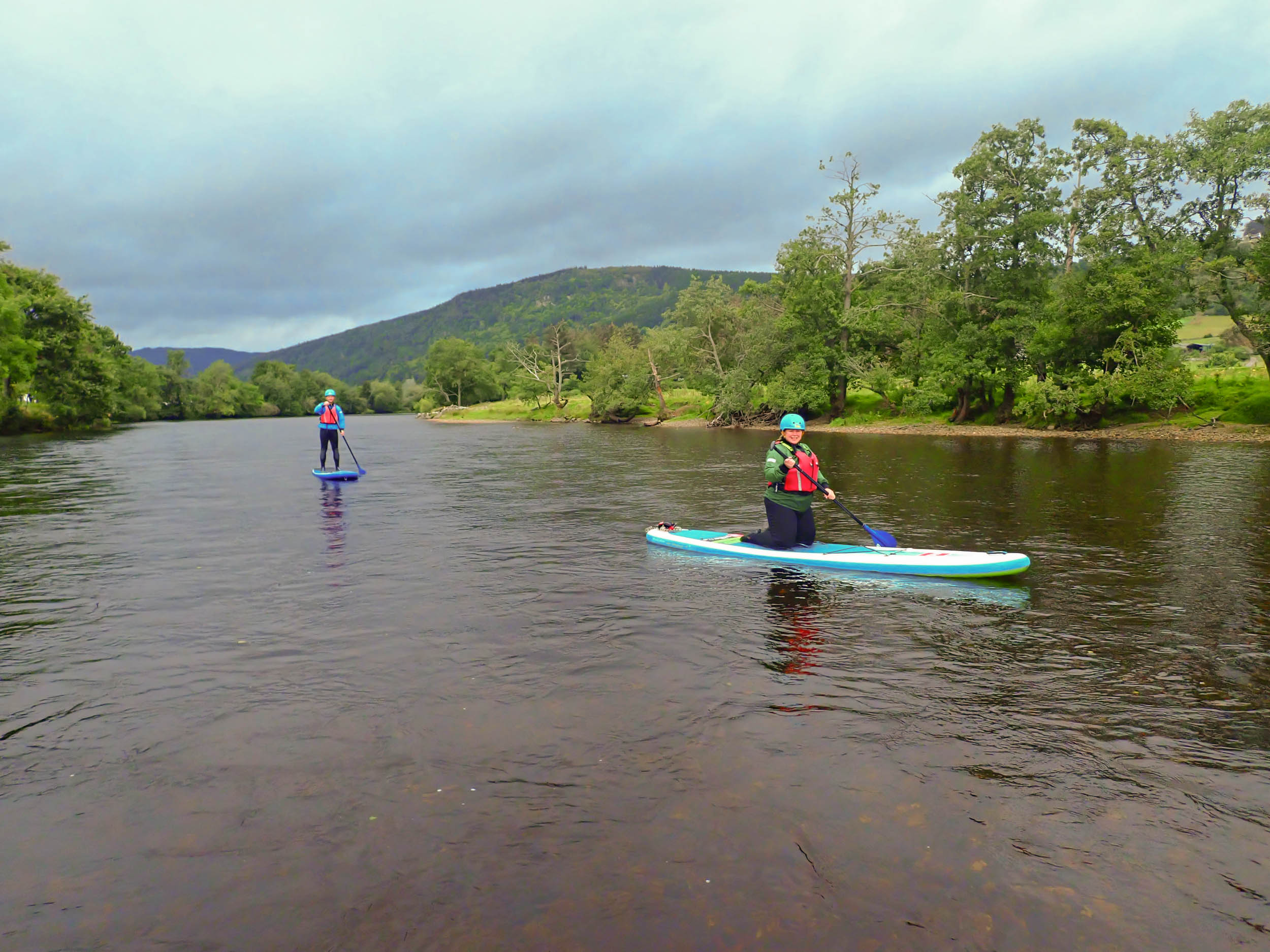
New habits
I’ll admit that biosecurity for cold water swimming is a relatively new concept for me but is something that I already feel passionate about. If I want to continue enjoying these quiet and pristine spaces then I need to do my bit too.
I have more than one swimsuit which will help me ensure I can check, clean and dry one whilst wearing the other.
In New Zealand’s South Island it is a legal requirement to do thorough checks on all kit before swimming and any other leisure activity in or on the water. That sounds like good advice to me.
If you want to read up more on this subject head over to the non-native species website.
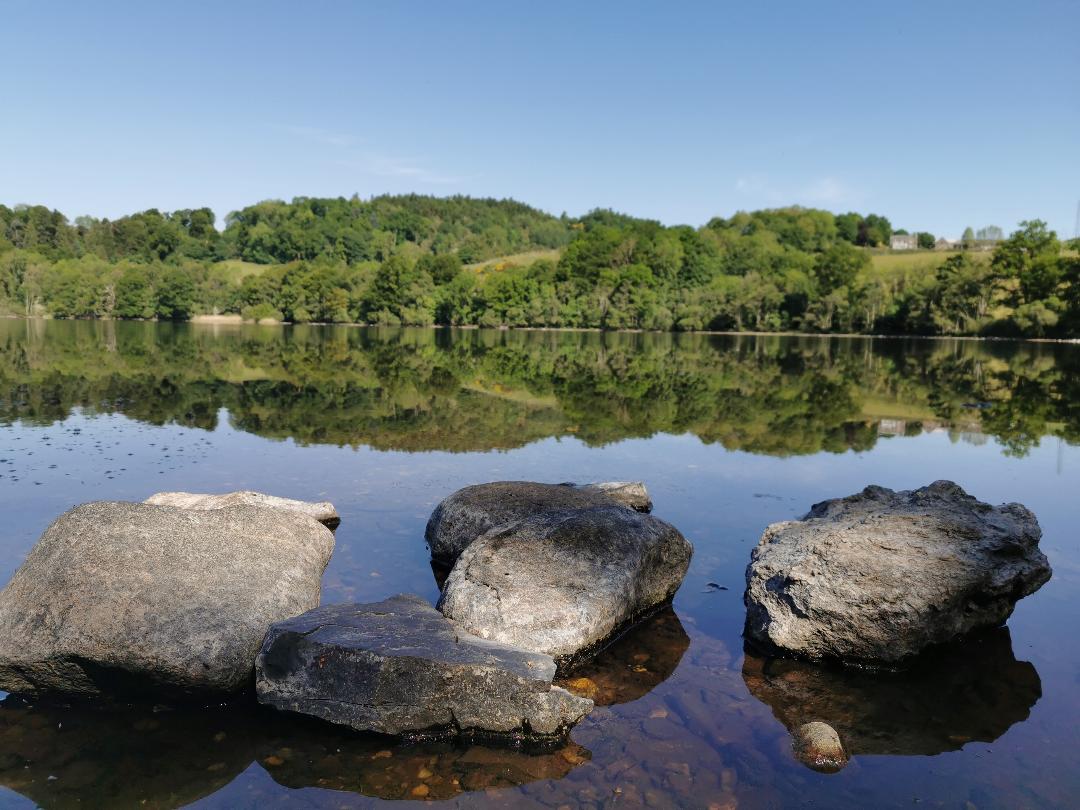
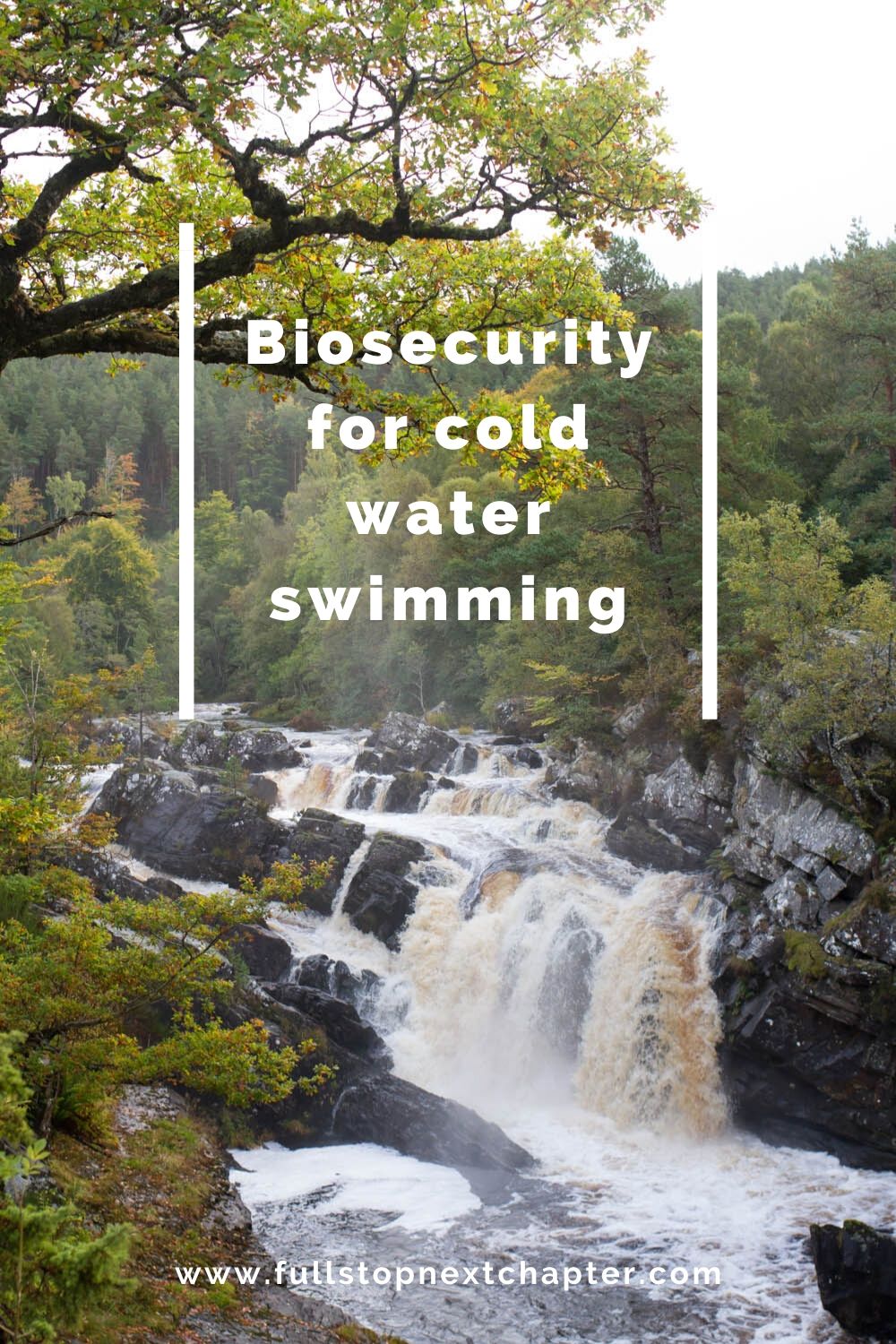
I now live in Somerset and was brought up in the North of Scotland.. Many many wonderdul times swimming in the sea and local rivers in Caithness, Sutherland and the Scottish Borders..
Wow, that’s some move Sue! I’m not a fan of the sea – I mean I love looking at it, just not swimming in it.
[…] be honest Loch Ordie was actually in my sights because I was eyeing it up as a new wild swimming location but the walk itself is a cracker. After pawing over the OS map at the string of lochs […]